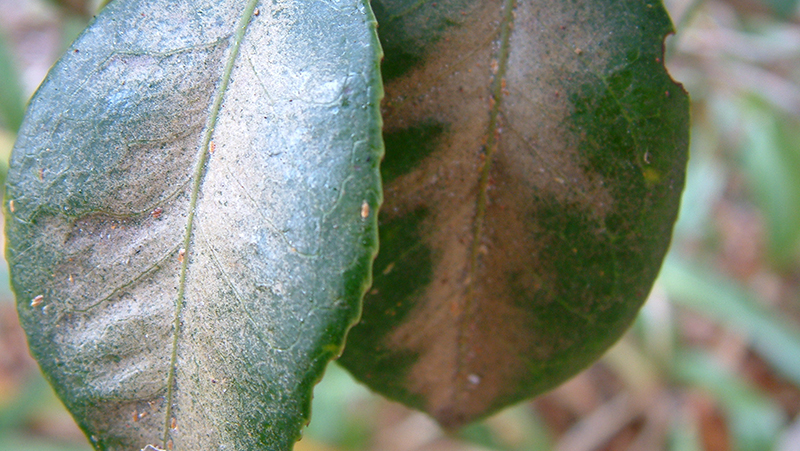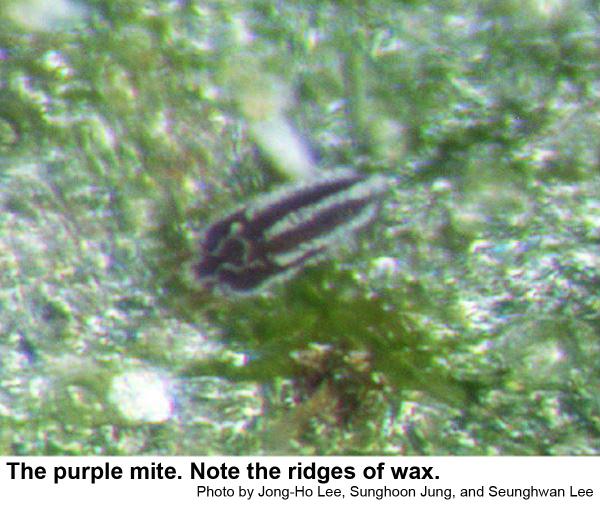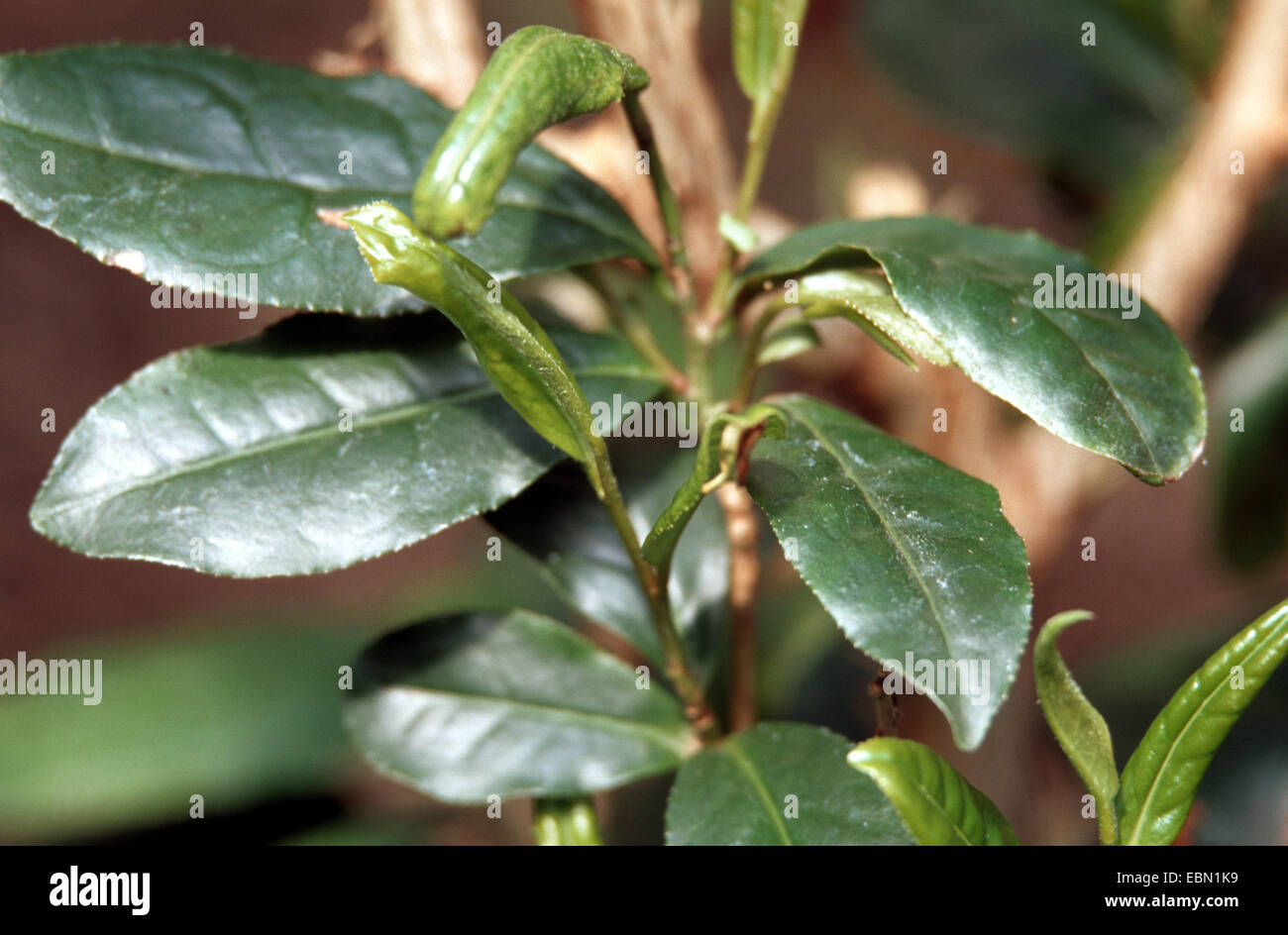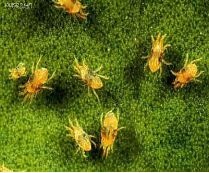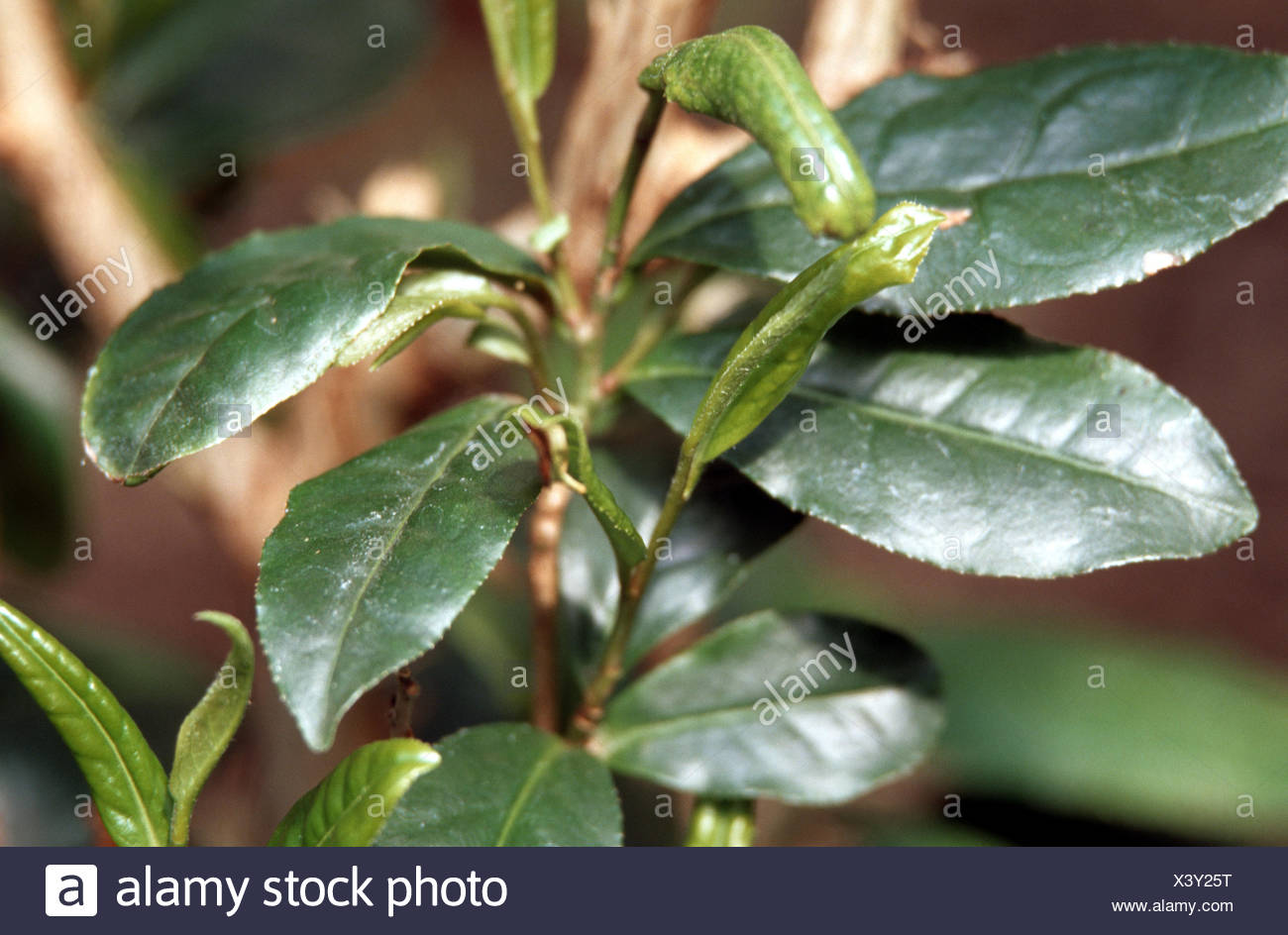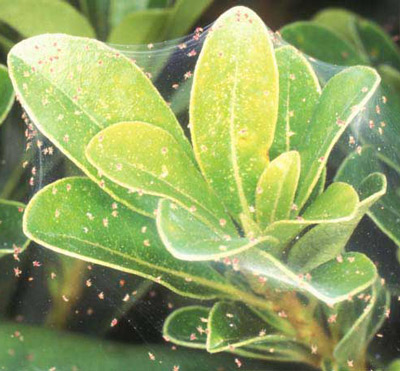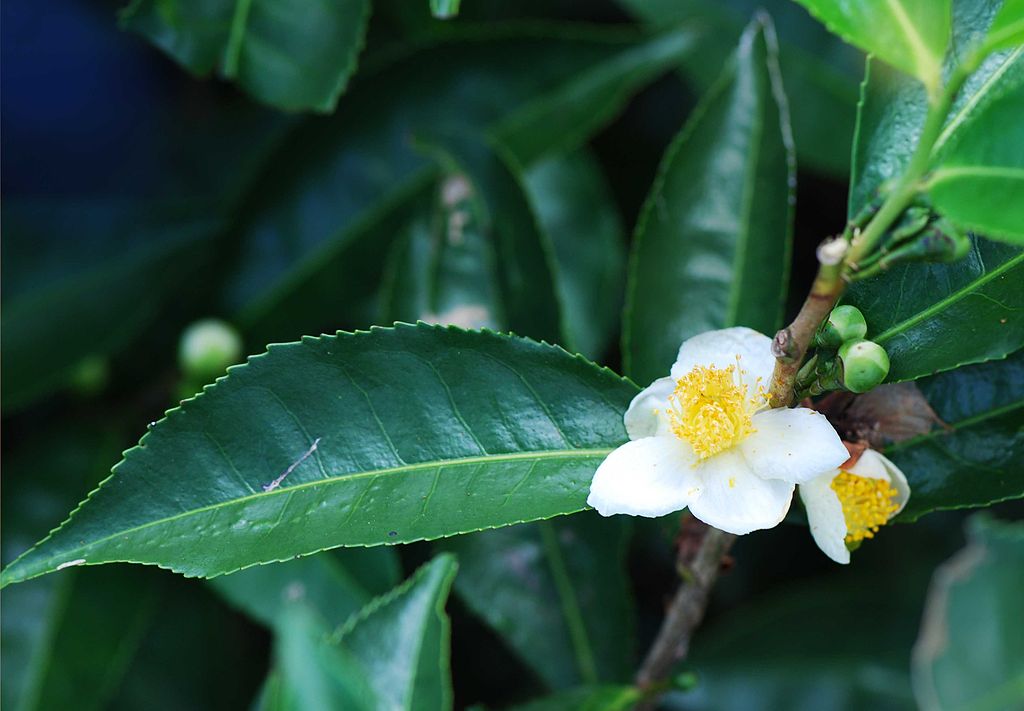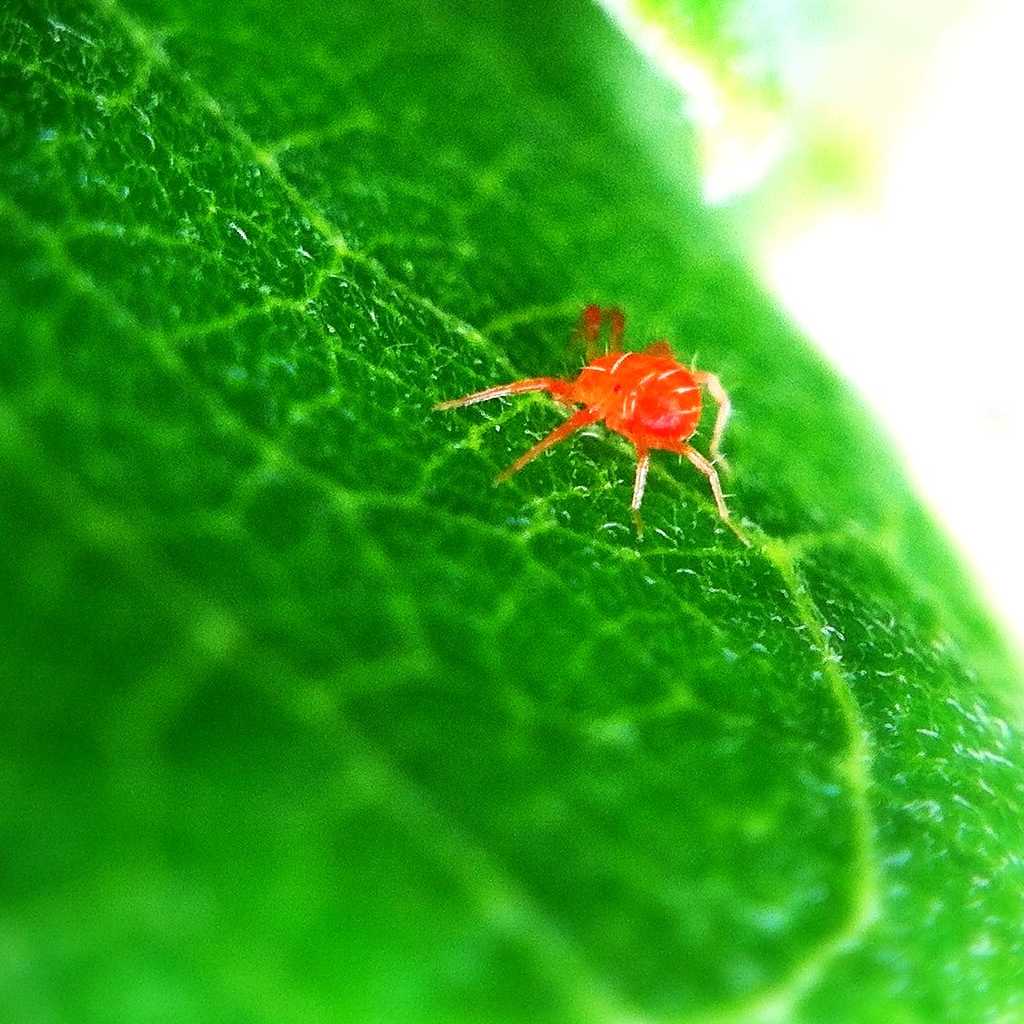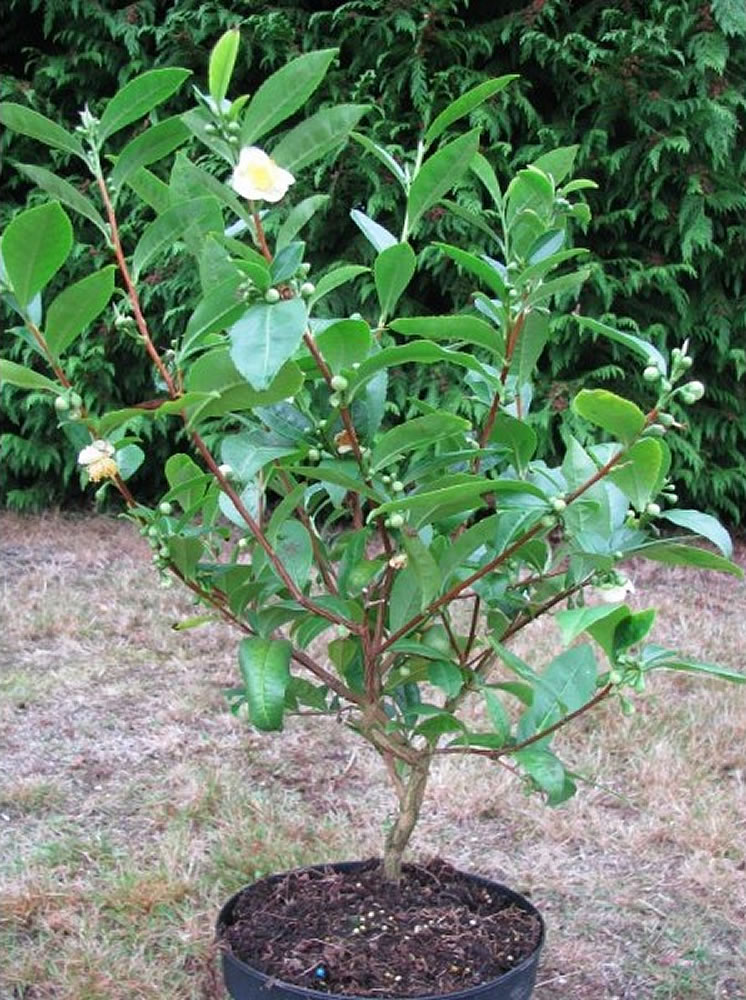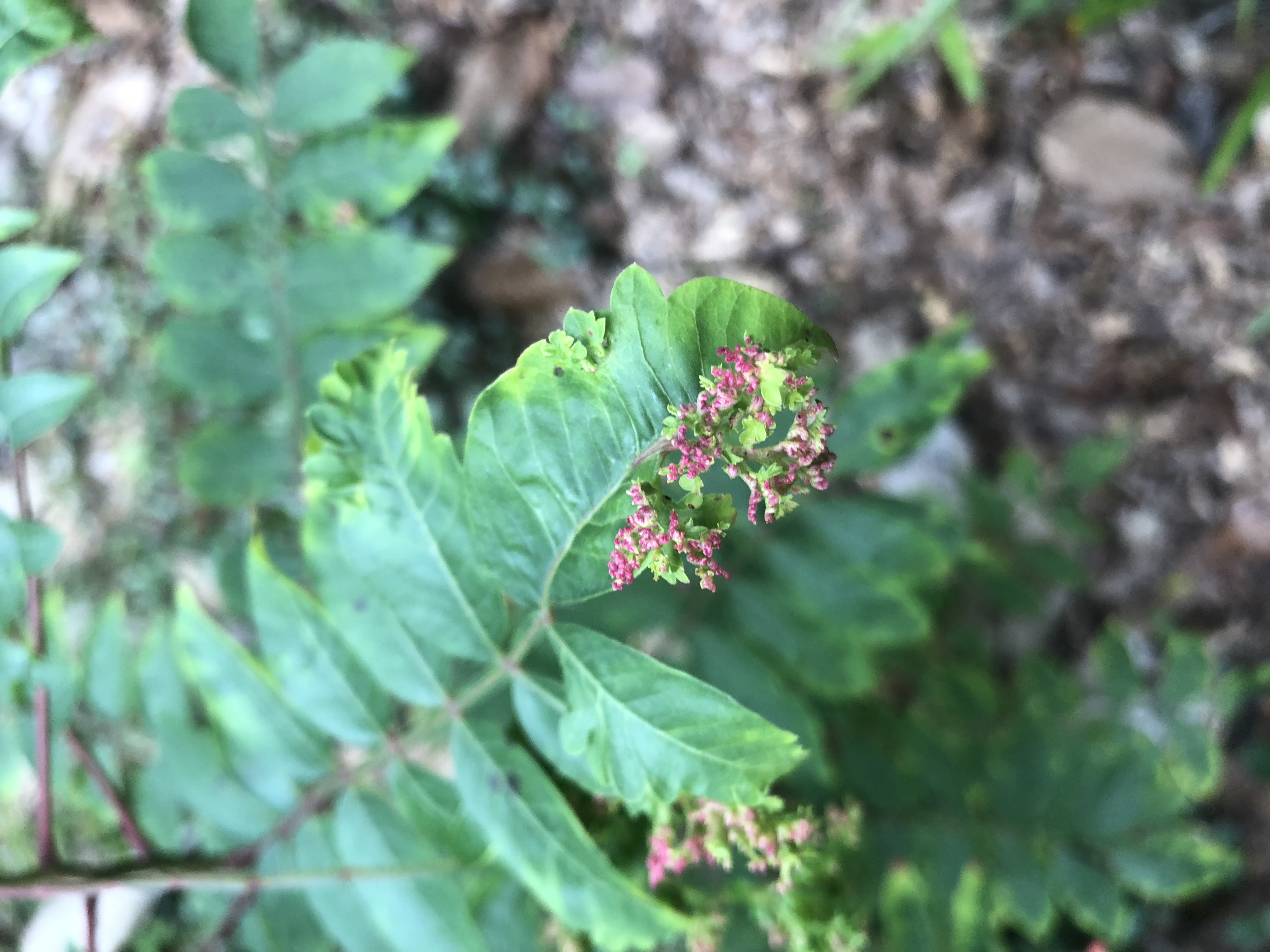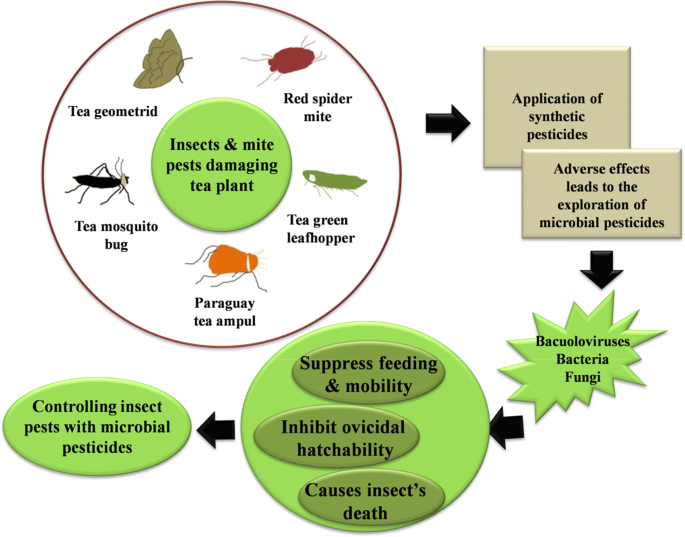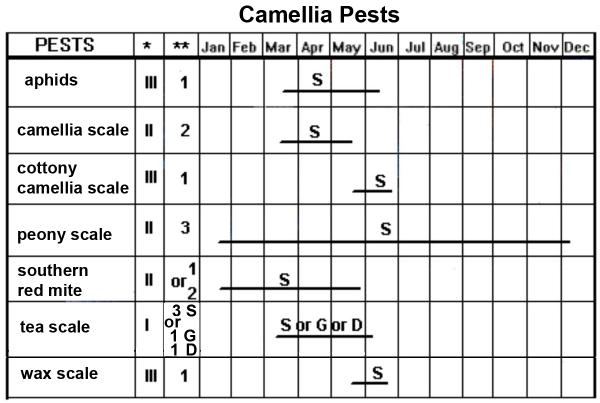Camellia Tea Mite

If you see browning edges on your camellia buds this may be the diagnosis.
Camellia tea mite. Tea scale is a small insect that attaches itself to the leaf and sucks plant juices. The southern red spider mite is the most common in the southeast. Tea scale also attacks hollies citrus and the tea plant camellia sinensis as well as a few other plants. Three species of spider mites attack camellias.
Camellia bud mites cause buds to develop slowly and either open late or fall off before opening. Populations are primarily composed of females with males less than 1 percent of the population. The southern red spider mite develops best in cool weather reproducing primarily in the spring and fall. Tiny immature scales called crawlers walk on six legs until they locate a suitable leaf twig or trunk to feed.
Also known as the ribbed tea mite it s a pest of the tea plant camellia sinensis and ornamental camellias. Then they insert feeding mouthparts into the plant to suck sap. The southern red spider mite oligonychus ilicis the tea red spider mite o. Purple mites are indeed purple but they are virtually microscopic.
It likes warm dry weather which could be why we have seen it more in the past few seasons. You re the proud owner of the camellia s most common pest the tea scale. Camellias that drop their buds year after year may have a varietal problem or a problem of location that can be solved by transplanting. Left unchecked bronzing envelopes the entire leaf and poor growth and reduced flowering result.
Prune off affected growth and put it in the rubbish bin. The camellia tea mite also called the camellia red spider mite has been around for some time. Tea scale is the most serious insect pest of flowering camellias. Coffeae and the twospotted spider mite tetranychus urticae.
Mites like dry conditions so hose your plants to increase humidity. Camellia bud mites are a type of mite that is most apparent in the buds of the blossoms. Note that other mites found on tea also have reddish eggs. These pests can live under the leaves of the plant but usually stay inside the flower buds.
Adult female tea scales are about 1 10 inch long and are covered with a hard brown cover. Bud mites on camellias cause a slowdown in the development of the flower buds. These mites are microscopic the adult female mite is about a hundredth of an inch long. Camellia tea mites cause bronzing along the middle of the leaf and leaves may curl and have a dull appearance.
As a group scales are interesting and often very destructive insects.
